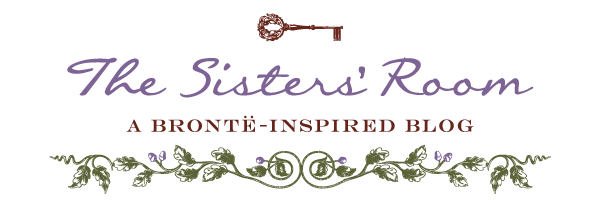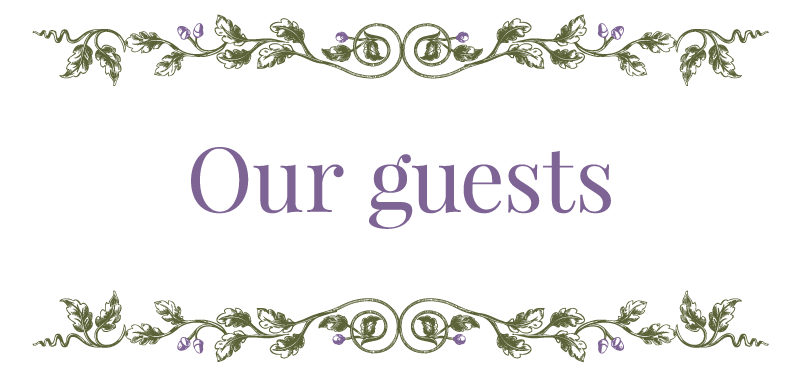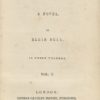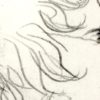Simona Scarfogliero wrote Emily Brontë Natura e Religione, a book entirely dedicated to the author of Wuthering Heights, and that we have recently read (you can find our review here.) We had the pleasure to interview Simona for you readers of The Sisters’ Room: let’s read together about her deep passion for the Brontë sisters, expecially for Emily, and about her work.
- When was the first time you met Emily Brontë, and why did you choose to write your Bachelor thesis about her?
I met Emily for the first time when I was at University, as I had to study Wuthering Heights for my 3rd exam of English Language and Literature. When I finished my exams I just went to my supervisor thinking about “Female writing during the Victorian Age” as a subject for my thesis. He suggested me to focus on poetry, and in particular, to choose between Emily Brontë and Christina Rossetti.
Without hesitating I chose Emily: I already had the chance to study her works before and I liked her more than Rossetti. Furthermore, I was so curious to know more about her life, to know more about this girl who, unlike her sisters, always chose not to draw attention. One year ago, almost 10 years after my graduation, I chose to brush my thesis up and send it to some publishers to turn it into a book. One of them enthusiastically replied in a very short time, so in 2016 Emily Brontë Natura e Religione was an actual book.
- In the first part of your book you analyse in a very detailed way the social background of women during the Victorian Era. What do you think is Emily Brontë’s role in this context?
Being born in that specific historical and cultural period, Emily should fit in the classic Victorian “woman question“– women weren’t allowed to do much, let alone writing books! That’s why she can be considered a subversive figure- she broke all the rules, she became a writer even if she kept the social and moral conventions of the time. But if we look at the picture which is said to represent the three sisters, we will notice that Emily, the one who’s standing, does not really match the Victorian standards. Not only from an aesthetic point of view, even if her masculine traits and her aquiline nose don’t exactly match the beauty standards of the time. But let’s just think about what she’s wearing. Her hat underlines her love for the gipsy culture, the “gigot sleeves” or “leg of mutton sleeves” of her dress (abandoned during Queen Victoria’s reign to be replaced by a more modest outfit), and her reluctance to wear corsets make her really look like an outsider.
In my opinion Emily didn’t care about beign a perfect Victorian woman. She wanted to be herself without having to bend or to follow the system. No surprise then if she wroteWuthering Heights and the Gondal Poems, and if her works are the testament of who she really was. 
- Having studied the works of Emily, what do you like the most- her poems or her novel, and why?
My first encounter with this author was through her novel of course, so I cannot say I didn’t love her as a novelist. But analysing her thought and studying her works comprehensively I found myself in fusing together both the novelist and the poet. There is no distinction between Gondal and Wuthering Heights, and in my opinion if you don’t separate them you don’t get her essence. In fact there is just one Emily for me.
- Have you ever visited, or are you planning to go visiting, any Brontë places?
Actually no, I haven’t visited any Brontë places, but I’m very curious about them and I always keep up to date with any news from Brontë country. I join cultural clubs and groups which focus on English Literature of Nineteenth Century (800) and the Brontë sisters. I will organize a trip to Haworth next year for sure, I think that Emily’s bicentenary could be a further good reason, and I would love to take part in the events organised by the Brontë Parsonage Museum for all the Brontë lovers like me. Or, even better, like us!





